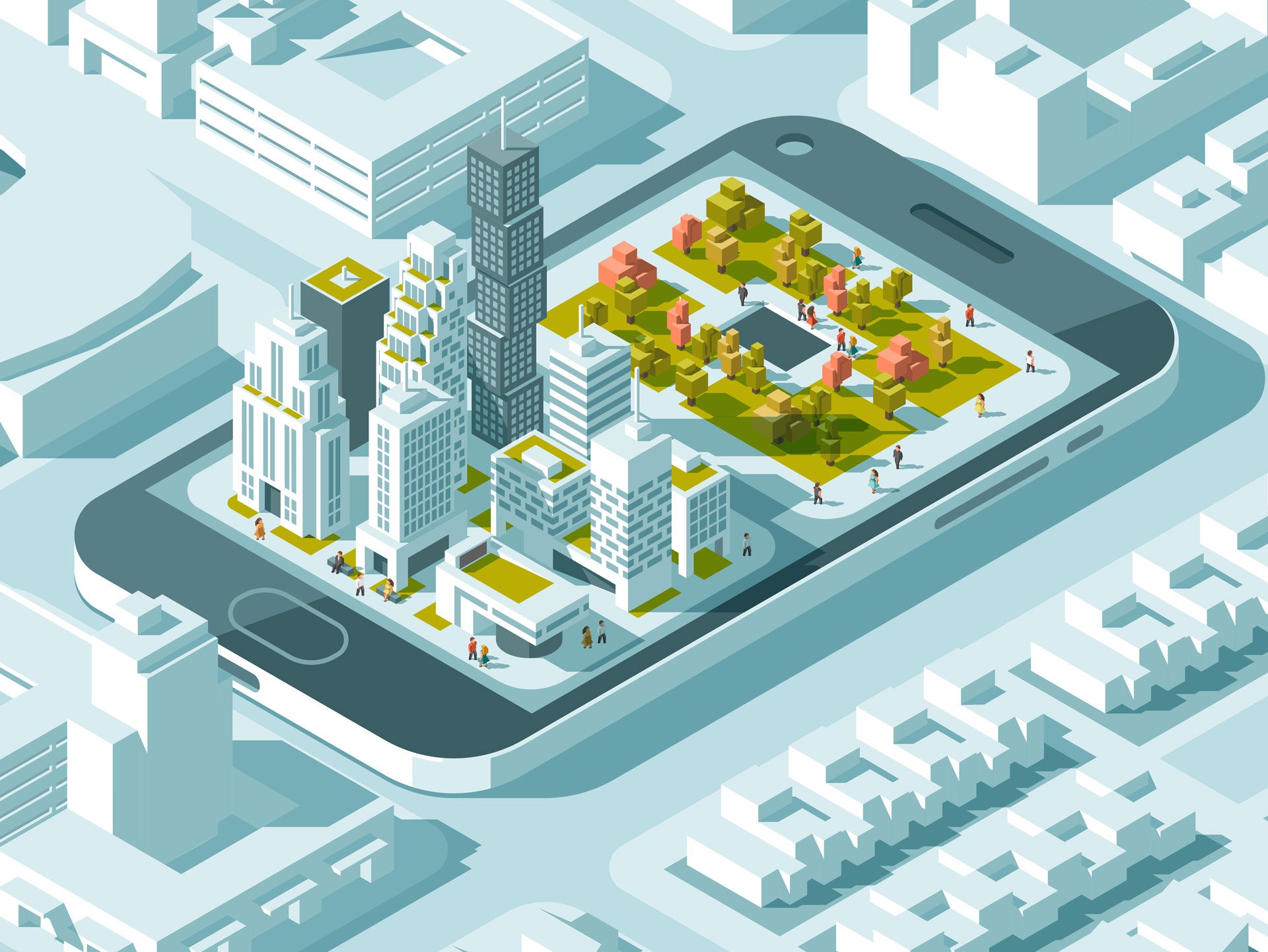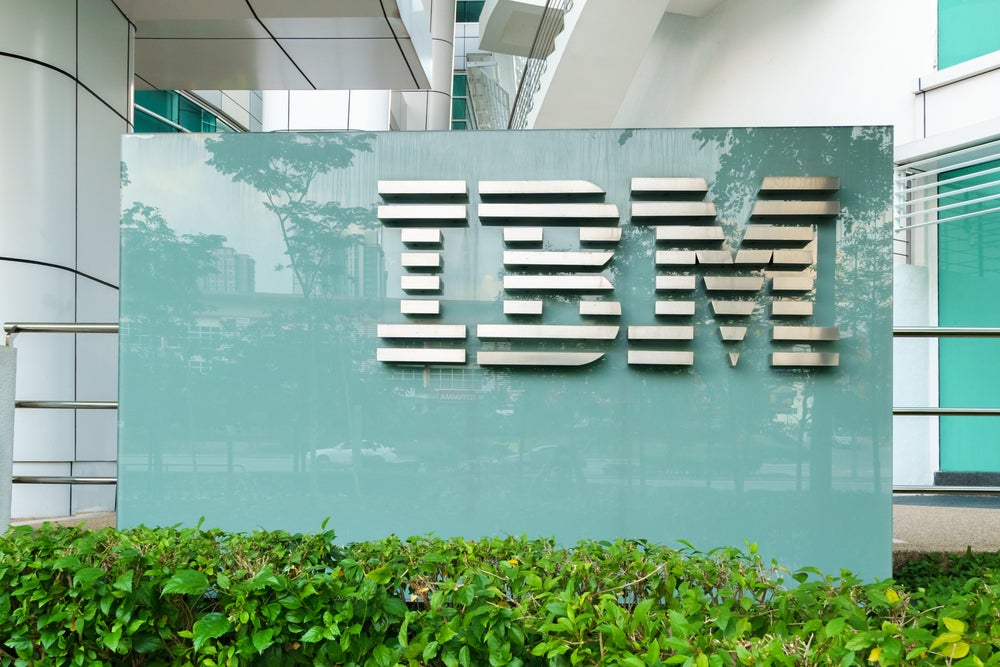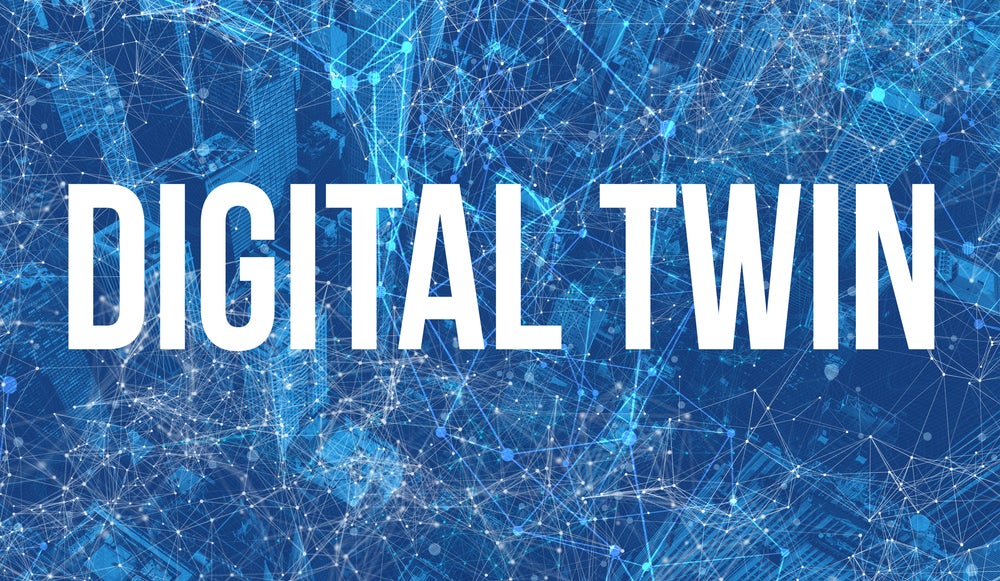
The sustainable cities of the future will feature ultra-efficient infrastructure that is driven by real-time data, but the vast majority of urban areas have considerable work to do to make this a reality.
Intelligent sensors, machine learning, artificial intelligence (AI) and cloud computing are increasingly being combined to produce cities that can be actively monitored, maintained and improved using hyper-detailed, real-time data, however most cities have not yet taken the steps required to make this a reality.
“According to the World Economic Forum, currently 85% of assets remain unconnected, but digitalisation is rapidly changing the landscape as cities begin to seamlessly blend physical and digital infrastructures,” explained Mark Jenkinson, City Director London at Siemens.
“Not only will this allow city planners to create more adaptable, efficient, secure and greener urban areas but it will also enable them to use the data, garnered from millions of datapoints, to make better informed-decisions about environmental and financial issues – revolutionising existing infrastructures.”
The technologies making the sustainable cities of the future a reality
Smart city technologies hold the promise of true sustainable cities of the future, enabling far greater efficiencies than are currently possible by providing visibility into a city’s everyday operations at a level not possible with conventional approaches.
“The scale and scope of smart city projects are vast, in many cases impacting millions of people and resources,” said Jenkinson, who will be hosting a session on smart cities at the Smart to Future Cities conference being held in London on 10 – 11 April.
“From devising effective solutions to ensure the reliable and efficient operation of buildings to the provision of stable and affordable energy sources, agile enough to meet a city’s changing demands, digitalisation is driving the infrastructure of tomorrow; making urban areas better places to live.”
Core to making this a realty is the advent of digital twins, which provide a live digital copy of urban infrastructure that can be used to drive changes and improve efficiencies.
“The 3D modelling technology behind digital twins is playing a vital role in the development of smart cities,” he said.
“Modelling buildings or an entire city then simulating scenarios under differing and sometimes, complex, conditions allows designers to analyse the response a design may have to changes in things like occupancy, energy supply or other parameters.
“Anything can be tested – a change in one entity could affect many others further down the line. Feeding real-time data back into the virtual environment gives an incredibly accurate and ‘authoritative’ view from where planning decisions can be made.”
Real-time data is also vital to meeting energy needs, not only ensuring energy demands are met but also reducing waste.
“Population-dense cities occupy two to three per cent of the planet’s surface and consume 70 per cent of the world’s energy,” said Jenkinson.
“City authorities and planners face mounting pressures to find adequate solutions that both improve energy delivery and incorporate some kind of sustainable energy management.”







